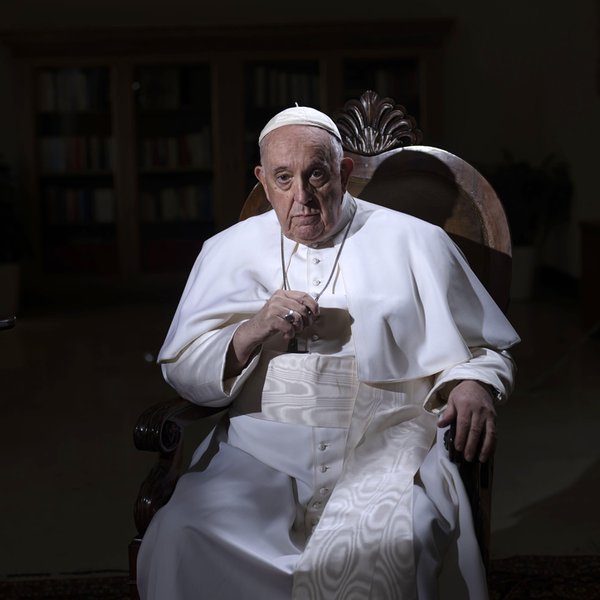Pope Francis, an Unlikely Symbol in the Fight Against Misinformation
Pope Francis, who passed away on Monday at the age of 88, unwittingly became a central figure in the battle against online misinformation. His papacy coincided with the rise of "fake news," a term that gained notoriety during the tumultuous 2016 US presidential election. Ironically, the Pope himself became a frequent target of fabricated stories, manipulated images, and outright falsehoods spread across the internet. From fake endorsements of political candidates to digitally altered pictures, his image and words were frequently hijacked to promote various agendas, highlighting the pervasive nature of misinformation in the digital age. While he championed truth and condemned the dangers of disinformation, his own experiences underscored the very real threat it posed to individuals and society.
In 2018, Pope Francis addressed the growing problem of online misinformation, linking its origins to the deceitful "snake tactics" in the Garden of Eden. He recognized the potential for even seemingly minor distortions of truth to have far-reaching and damaging consequences. He stressed the importance of media literacy, urging people to develop critical thinking skills to discern truth from falsehood. This call for discernment became increasingly relevant as technology advanced, blurring the lines between reality and fabrication. He championed the role of responsible journalism in pursuing and disseminating truth, emphasizing the need for a "journalism of peace" that promoted understanding and countered the divisive nature of misinformation.
Ironically, the Pope’s warnings about the dangers of misinformation played out in real-time during the 2016 US presidential election. A fabricated story claiming Pope Francis endorsed Donald Trump circulated widely online, garnering significant engagement on social media platforms. This incident, along with other instances of fake news related to the election, highlighted the vulnerability of the public to manipulated information. The incident served as a stark reminder of the speed and reach of false narratives online and their potential to influence public opinion, especially during critical periods like elections.
The proliferation of fake news surrounding Pope Francis continued beyond the 2016 election. False stories claiming papal endorsements of various political figures, distorted pronouncements on social issues, and even premature death hoaxes became recurring themes. These instances demonstrated the persistent nature of misinformation and the ease with which it could be created and disseminated. They also highlighted the challenge of combating such falsehoods in a rapidly evolving digital landscape.
The rise of artificial intelligence (AI)-generated content added another layer of complexity to the misinformation landscape. In 2023, a digitally altered image of Pope Francis wearing a stylish white puffer coat went viral. The image, created using AI tools, fooled many observers, demonstrating the potential for sophisticated manipulations to deceive even discerning viewers. This incident, along with other AI-generated images of the Pope in various scenarios, highlighted the increasing difficulty in distinguishing real from fake in the digital age.
The Pope’s experience with misinformation underscores the challenges faced by individuals and institutions in navigating the complex digital information ecosystem. While technological advancements offer unprecedented access to information, they also create opportunities for the spread of falsehoods and manipulations. Pope Francis’s call for media literacy and critical thinking remains as relevant as ever in this context. The need for a "journalism of peace" that prioritizes truth and promotes informed dialogue is crucial in combating the divisive and potentially harmful effects of misinformation. The evolution of misinformation tactics from simple fabricated stories to sophisticated AI-generated content emphasizes the need for continuous adaptation in the fight against online falsehoods.


